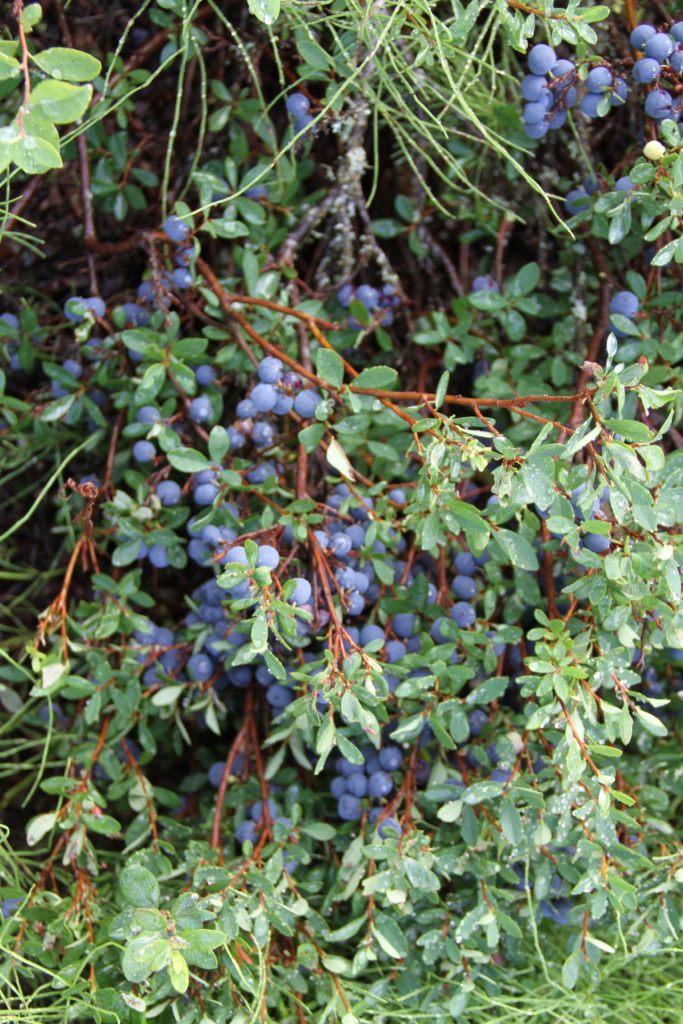When compared with many foods, fruits and vegetables are unequivocally healthy. But look more closely and you’ll find a wide variation in how nutritious they are. This variation is given short shrift by most health campaigns, which focus on nudging people toward eating fruits and vegetables and less junk food, period. Unfortunately, the devil is in the details. I think most of us, including my 4-year-old, are adept at distinguishing between unhealthful junk food and the merits of fruits and vegetables. But we don’t give much thought to which types of fruits and vegetables (and which varieties) are most nutritious.

If you’re like me, you think just because something is a fruit or vegetable then you can eat as much of it as you want to. For instance, mandarins and super sweet corn, albeit a fruit and a vegetable, veer toward junk food in terms of sugar content. One medium mandarin has 9 grams of sugar, on par with one standard Reese’s cup, which contains 10 grams of sugar. One large white ear of corn contains just about as many carbohydrates (25 grams) as half of a bagel (27 grams). Granted, they do contain more fiber and nutrients than junk food.
Simple slogans from the U.S. Department of Agriculture encourage us to fill half of our plate with fruit and vegetables each meal (a little more vegetables than fruit). This gives us the idea that as long as we eat a certain amount of any fruit or vegetable at each meal, then we have our bases covered and will be healthy.
But like many things, it’s not as simple as it seems. In addition to the wide variation in nutrition among different types of fruit and vegetables (as well as whether or not they are consumed fresh, canned, frozen, or as juice), there is also a big difference among the same type of fruit and vegetables or different cultivars. The fruit and vegetables we eat now descend from wild, scraggly plants that barely resemble the uniform, juicy fruit and vegetables of today. New varieties are constantly being developed and evaluated based on high yields, best taste, storagability, marketability, ease of harvest (in particular machine harvest) and favorable appearance.
Genetic engineering or modification has sped up this process and allowed an even greater divergence of cultivars to occur. Nutrient content, especially of phytonutrients, has played a minor, if any, role in the selection of which cultivars we grow today. As someone who is doing research on variety trials, I’m guilty of following this evaluation model, but I’m interested in evaluating varieties based on their nutrient content as well.

Wild Alaska blueberries are much higher in vitamins and nutrients than domestic or store-bought blueberries.
If the sweetest, biggest corn or orange is the one that people want to buy at the store, then the farmer will grow it. Many antioxidants are stored in the skins of fruits and vegetables, such as blueberries, tomatoes, potatoes and apples, so when you cultivate the larger varieties of those crops then you will definitely be getting fewer antioxidants.
Eating on the Wild Side, by Jo Robinson details the staggering differences in nutrition between wild plants and fruit and vegetables that we now find in the grocery store. Robinson also provides a convenient shopping list. I was happy to discover that, commonly, the most nutritious varieties are the colorful ones due to phytonutrients such as carotenoids because I love most purple vegetables and fruits. To complicate things still more, it’s not as simple as just choosing the right fruit or vegetable. The available nutrients and how they are absorbed also depends on how you prepare it.
Many of us are probably eating one delicious and highly nutritious wild food right now – Alaska blueberries. We’re surrounded by many other wild and edible plants as well. Two resources I use to identify wild edible plants are Discovering Wild Plants by Janice Shofield and Boreal Herbal by Beverly Gray. UAF Cooperative Extension also has a $5 pamphlet called Wild Edible and Poisonous Plants of Alaska. You may order that publication at 877-520-5211.
All fruits and vegetables are not created equal and with a little research, we can learn to be more discerning shoppers and confident foragers of highly nutritious wild foods.
Previously published in the Fairbanks Daily Newsminer August 26, 2018.